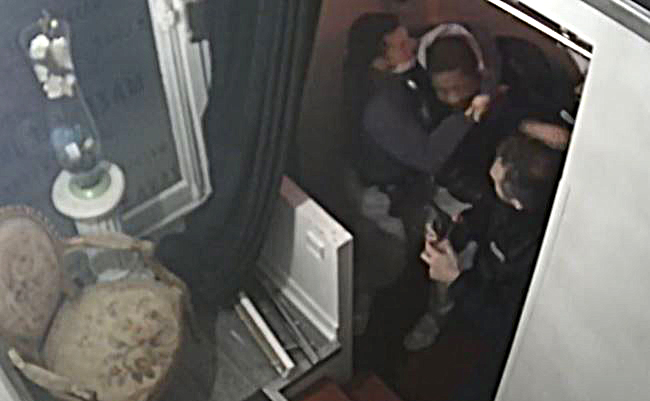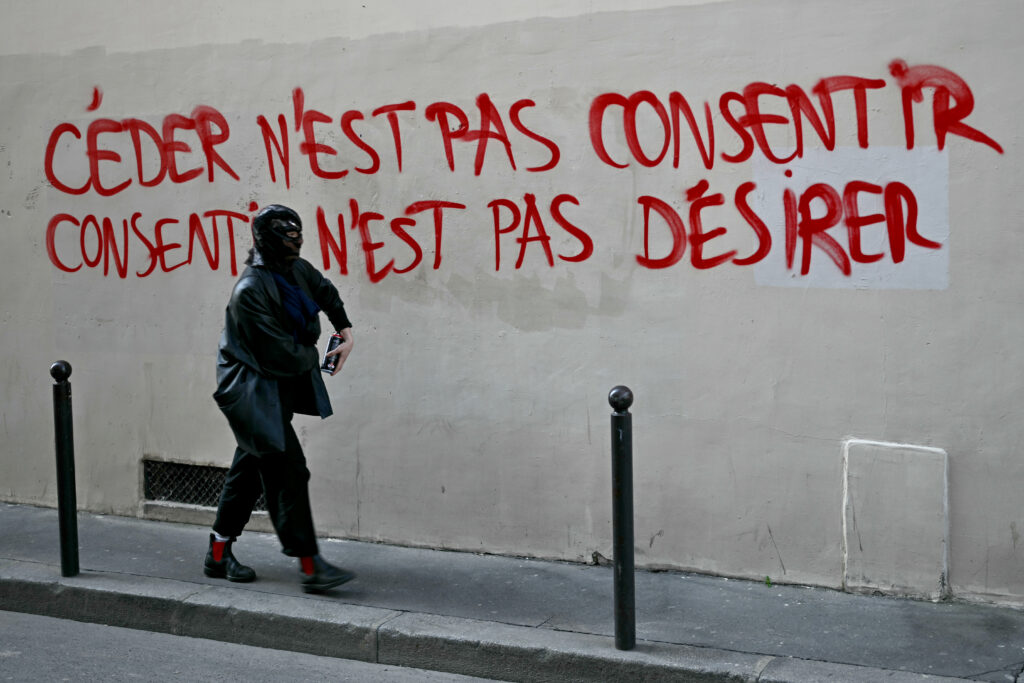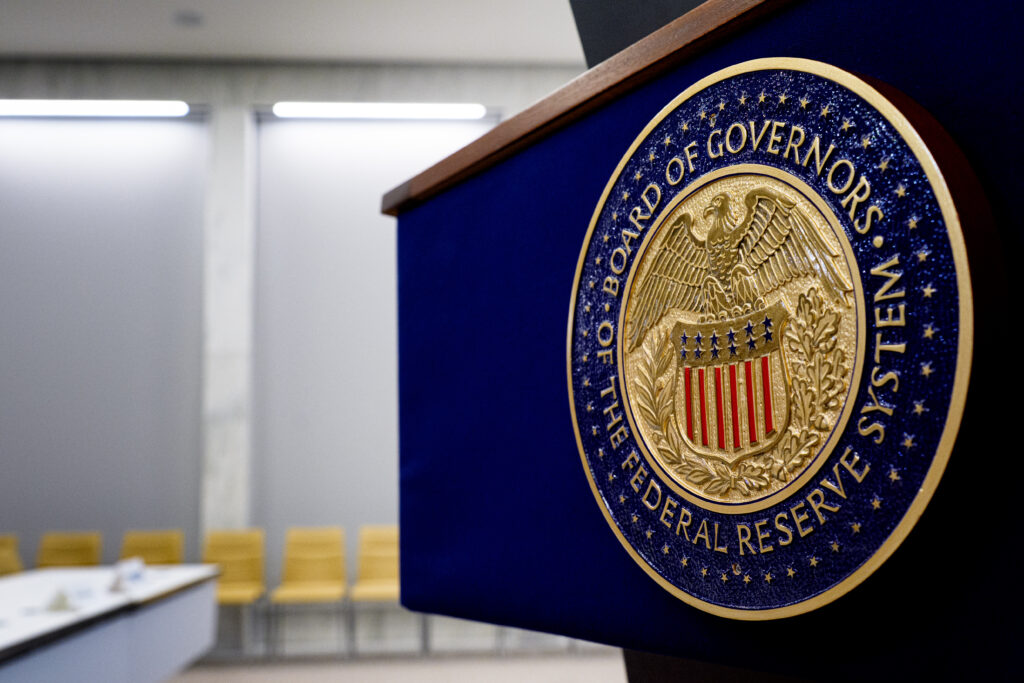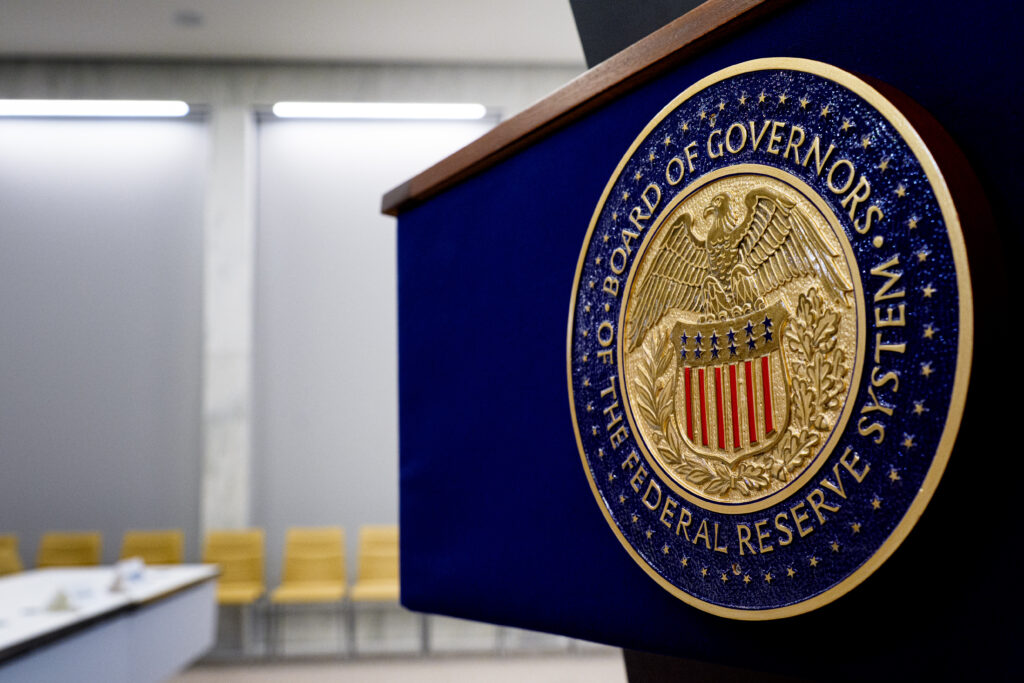Nouvelle-Calédonie: la ministre des Outre-mer veut dialoguer avec “chaque représentant politique”
La ministre des Outre-mer Naïma Moutchou entend rencontrer tous les représentants politiques de Nouvelle-Calédonie, dont le principal mouvement indépendantiste FLNKS, lors de son premier déplacement la semaine prochaine sur l’archipel.”Les invitations ont été lancées. Je commence par des échanges en bilatéral. C’est essentiel de pouvoir échanger avec chaque représentant politique”, a-t-elle assuré dans un entretien publié vendredi dans le quotidien Ouest-France. “Ce que je refuse, c’est de faire semblant de les entendre et ensuite d’aller trancher seule à Paris. Sur des questions comme le dégel (du corps électoral, NDLR) ou tout autre sujet institutionnel, rien n’est durable si le chemin n’est pas construit ensemble” a-t-elle poursuivi, affirmant ne pas venir en Nouvelle-Calédonie avec “des solutions clés en main sur l’avenir institutionnel”.Jeudi, le Conseil constitutionnel a validé le report des élections provinciales dans l’archipel du Pacifique, qui doivent se tenir au plus tard le 28 juin 2026, tout en jugeant que ce troisième report devra être le dernier. Le report de ce scrutin, auquel une partie du camp indépendantiste est opposée, doit conduire à la mise en place du fragile accord de Bougival sur l’avenir institutionnel de la Nouvelle-Calédonie.Ce compromis, conclu en région parisienne en juillet entre l’Etat et les forces politiques calédoniennes, prévoit notamment la création d’un “Etat de la Nouvelle-Calédonie” inscrit dans la Constitution française et la reconnaissance d’une nationalité calédonienne.Toujours soutenu par les loyalistes et une partie des indépendantistes, il a depuis été rejeté par le FLNKS (Front de libération nationale kanak et socialiste), dont l’objectif reste l’accession de l’archipel à la “pleine souveraineté”.Le front indépendantiste s’est dit vendredi “prêt à rencontrer la ministre des Outre-mer” mais l’a invitée à “une rupture avec les pratiques du passé”, appelant l’Etat à “un dialogue sincère” en vue d’un “avenir partagé et apaisé”.L’accord de Bougival entend élargir le corps électoral spécifique à ces élections, une question sensible. Actuellement, seuls certains habitants peuvent voter, notamment ceux établis sur le territoire avant 1998 et leurs descendants, ce qui ulcère le camp loyaliste.”L’identité kanak doit être pleinement respectée (…). L’Etat en est le garant et je m’inscris dans cet héritage”, a assuré Mme Moutchou à Ouest-France.”La réponse passe par une politique qui respecte les histoires, qui respecte les attachements, les blessures aussi, qui ne doit pas nier qu’un territoire peut porter plusieurs mémoires. C’est ça la réalité de la Nouvelle-Calédonie”, a-t-elle ajouté.La ministre devait se rendre dans l’archipel du Pacifique dès les premiers jours de novembre mais son déplacement avait été reporté “en raison des échéances budgétaires”.









